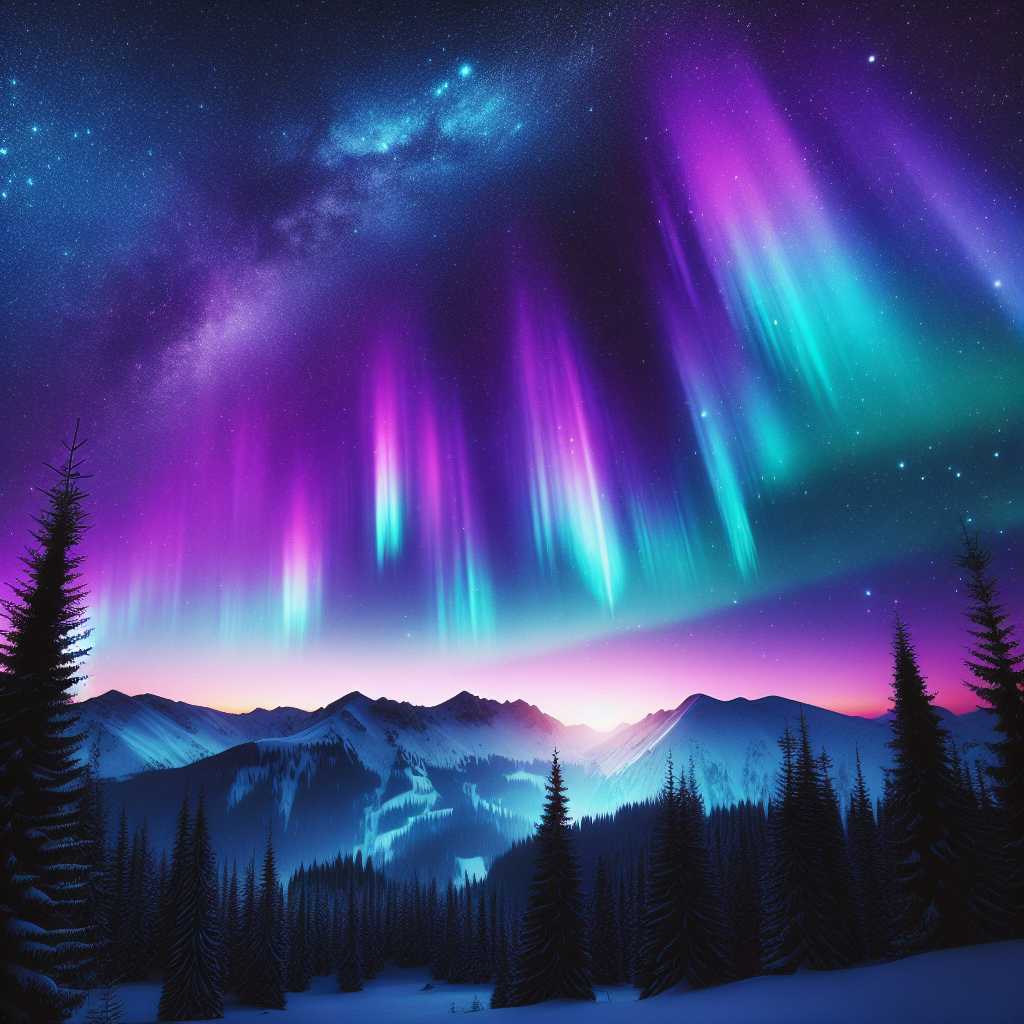Understanding the Northern Lights: A Spectacle of Nature
The Northern Lights, also known as Aurora Borealis, are one of the Earth’s most awe-inspiring natural phenomena. They have been dazzling observers for centuries, painting the polar night skies with a symphony of colors and movement. This article delves into the science behind the Northern Lights, explores the best places and times to view them, and discusses their cultural significance across various societies.
The Science of the Northern Lights
The Northern Lights are more than just a beautiful display; they are a manifestation of complex interactions between the Earth’s atmosphere and solar activity. Herein we investigate the scientific explanation for how they occur.
Solar Wind and Magnetic Interaction
It all starts with the sun ejecting a stream of charged particles, known as the solar wind. When these particles reach Earth, they interact with the magnetic field that surrounds our planet. The Earth’s magnetic field has two areas where it is weaker and where these solar particles can enter—the magnetic poles. As these charged particles collide with gases in Earth’s upper atmosphere, energy is released in the form of light. This light is what we perceive as the auroras.
The Colors of Auroras
The varying colors of the Northern Lights depend on which atmospheric gas is involved and how high in the atmosphere these collisions occur. Oxygen produces green and red lights, while nitrogen delivers blue or purple hues. The green aurora is most common, appearing up to 150 miles above the Earth, while red auroras occur at even higher altitudes. Meanwhile, blue and purple lights usually appear at lower heights.
Best Places and Times to Witness the Northern Lights
The Northern Lights are predominantly seen in high-latitude regions around the Arctic and Antarctic. This section details some of the optimally-positioned destinations along with prime viewing seasons.
Prime Locations
For viewers in the northern hemisphere, well-known locations include different parts of Norway, Sweden, Finland, Iceland, Greenland, Canada’s Yukon, Northwest Territories, Nunavut, Alaska in the United States, and Siberia in Russia. Southern hemisphere auroras, called Aurora Australis or Southern Lights, can be observed from Tasmania and New Zealand.
Optimal Viewing Seasons
The Northern Lights are cyclical, peaking roughly every 11 years due to cycles of solar activity. Clear dark nights provide the best opportunity to observe auroras. This typically means winter in northern latitudes—from late September to late March—when nights are longest.
Cultural Interpretations and Mythology of Auroras
Throughout history, auroras have held a significant place in folklore and indigenous cultures around the world – revealing a tapestry of stories and legends.
Myths and Legends
To the Vikings, auroras might have been reflections of Valkyries’ armor, while Finnish folklore speaks of Revontulet, meaning fox fires—a tale suggesting a fox sweeps its tail across snow spraying it to skies. Indigenous North American cultures like the Inuit believed that the lights were spirits of their people.
Modern Cultural Impact
Today, beyond spiritual significance, auroras influence arts and media sectors catalyzing creative works like literature, photography, cinematography, music compositions, and tourism attraction sites.
